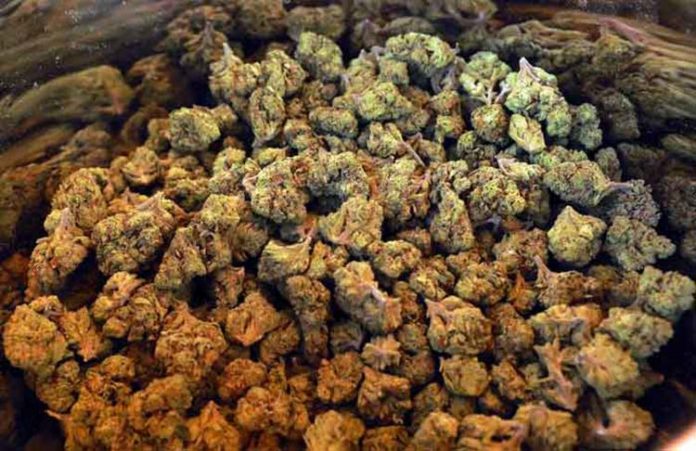Colorado’s legal marijuana grows produced tons — nearly 500 of them — of cannabis last year.
And the state’s cannabis consumers ate, smoked, vaped and dabbed that right up.
Colorado’s marijuana shops sold 11.1 million edibles, 411,000 pounds of flower and a sharply increasing amount of marijuana concentrate last year, according to the Colorado Marijuana Enforcement Division’s 2017 annual report, released Friday.
The latest compilation of full-year data — spanning production, sales, licensing and enforcement — provides a snapshot of the state’s legal cannabis industry, which is quickly advancing into maturity.
“I feel that Colorado is the most mature (legal marijuana market in the U.S.),” said Nancy Whiteman, co-founder of Wana Brands, which has a 48 percent market share of the state’s cannabis gummy-edibles sales. “However, I think that we’re still early stage as an industry.”
As expected with an industry in growth mode, the theme of “more” continued in 2017 for Colorado’s cannabis sector.
More plants were harvested, more products were sold, more stores opened and more people were licensed to work in the industry.
At the end of 2017, the state had 3,051 licensed medical and retail marijuana centers, stores, grows, manufacturers and testing facilities, up from 2,934 at the close of 2016.
Last year, legal marijuana grows produced nearly 1 million pounds of usable cannabis (about 2.5 million usable plants harvested), and stores sold 411,413 pounds of flower, 11.1 million edibles, 1.1 million units of non-edible infused products and 27,890 pounds of concentrate in 2017. Sold units of concentrate more than doubled throughout the year — to 493,008 in December from 236,159 in January.
In the year before, stores sold 335,640 pounds of flower, 9.4 million edibles and 1.1 million units of non-edible infused products, according to MED’s 2016 annual report. Comparable data for the usable cannabis that was produced and harvested and the pounds of concentrate that were sold were not immediately available.
“Not having the range of public or social consumption options has always made the flower consumption less appealing,” said Paul Seaborn, a University of Denver Daniels College of Business professor who teaches courses on the business of marijuana.
Wana Brands’ Whiteman expects flower’s share to continue to decline. Extraction processes are growing increasingly sophisticated, allowing for more edible and concentrate products to be “constructed” with components of the plants to create specific, targeted effects, she said.
And as the industry matures, recreational operations are increasing their market share.
At the end of December, the state licensed 1,531 medial marijuana centers, grows, manufacturers and testing facilities. A year earlier, medical marijuana licenses totaled 1,584.
The number of retail marijuana operations — those selling and producing products for adult-use — grew to 1,520 licenses from 1,350.
A similar trend appeared in product sales. The margin between recreational and medical flower sales was 24 percent in January 2017 and grew to 44 percent by the end of the year, according to MED calculations.
Potency and contaminant testing results held fairly steady from 2016 to 2017. However, the percentage of flower and trim that passed contaminant tests declined 2.2 percentage points, to 89.7 percent.
The percentage of marijuana businesses that passed underage-sales checks in 2017 was 95.1 percent, up from 94 percent in 2016.
The compliance rates are higher than those of Colorado’s liquor and tobacco retailers, at 89 percent and 94 percent, respectively, for the 2017 fiscal year, according to Colorado Department of Revenue data. However, purveyors of alcohol and tobacco saw nearly 10 times the number of checks.














